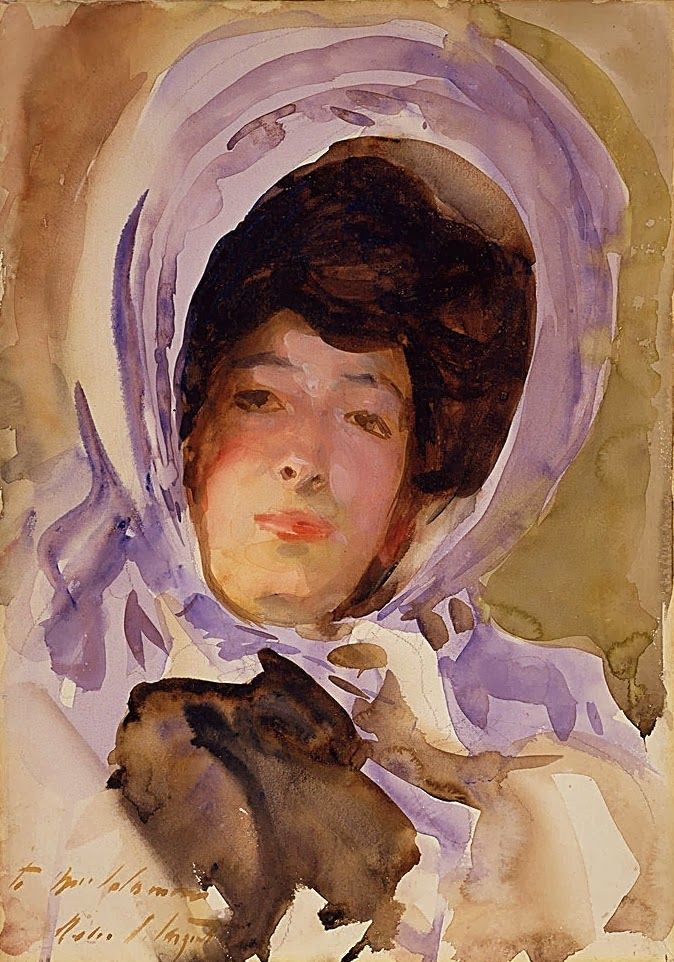Painting portraits in watercolor requires careful planning, control of water flow, and the ability to convey expressions with minimal brushstrokes. The use of transparent layers allows for smooth rendering of light and dark areas while preserving the freshness and vitality of the face. The process begins with a light sketch to correctly position the features and balance proportions. The paper should be at least 300gsm to withstand multiple layers of paint without warping.
The wet-on-wet technique is used for the initial rendering of the general skin tones, allowing colors to blend smoothly. It is important to leave white areas for highlights and reflections. Once the first layer is dry, thin glazing layers are applied to enhance shadows and volumes, creating depth and realism. The eyes and lips require a more detailed approach with a small brush and a higher concentration of pigment, while still maintaining a sense of transparency.
The dry brush technique is useful for adding texture to the skin and expressive details such as wrinkles and subtle shadows. Brushstrokes should be controlled to preserve harmony in the depiction of features. With practice and experimentation, watercolor can produce portraits with unique vitality, using the medium’s transparency and fluidity to express both emotion and movement.

Andrew Wyeth
An American realist painter, Wyeth used watercolor to create portraits with strong emotional intensity and detail.
Elizabeth Peyton
A contemporary American artist known for her portraits of celebrities and historical figures, Peyton uses watercolor to create sensitive and expressive depictions.


John Singer Sargent
An American artist known for his striking portraits, Sargent used watercolor to capture his sitters’ features with vibrancy and freshness.





